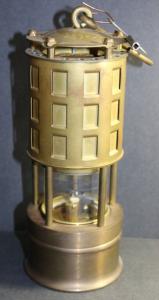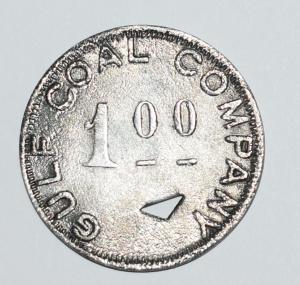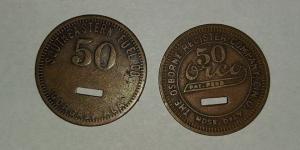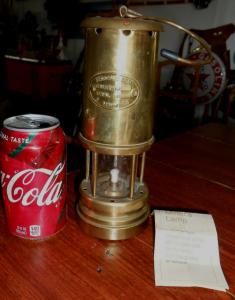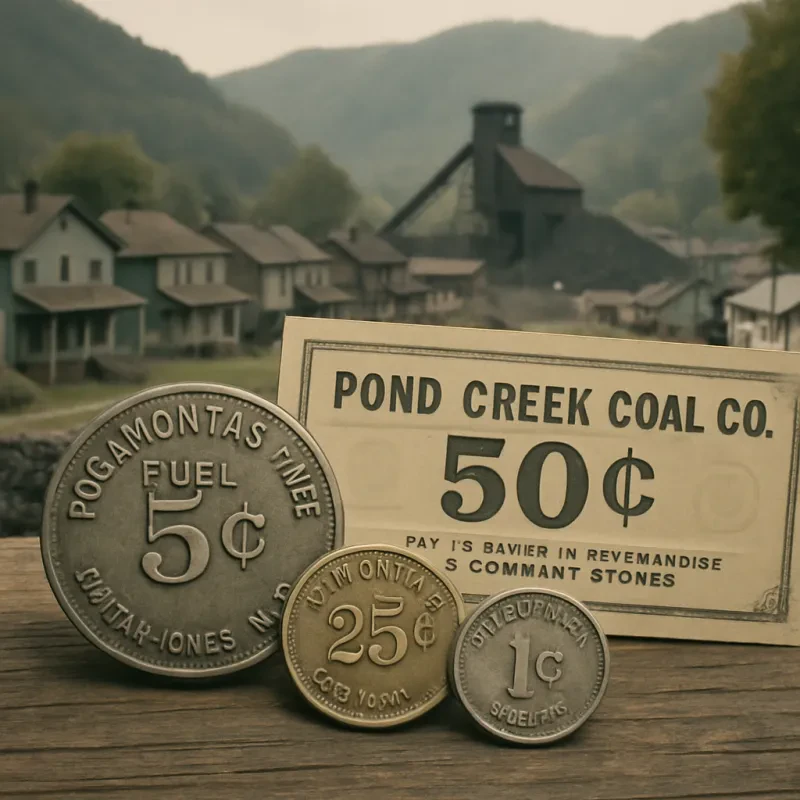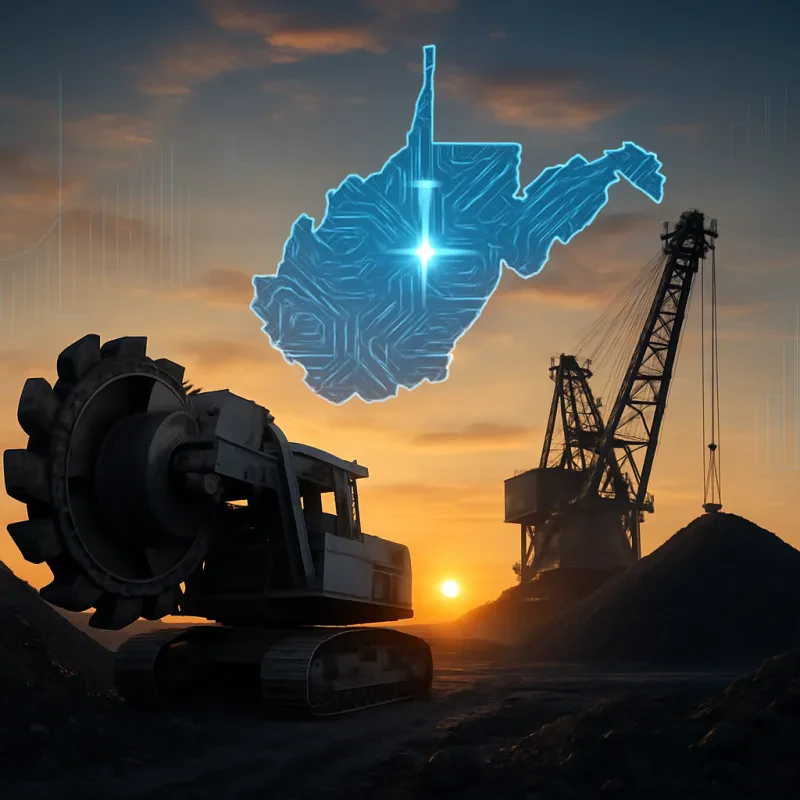What Products Are Made From Coal: A Comprehensive Guide to WV Coal
Introduction
Coal, particularly from regions like West Virginia (WV), is more than just a source of energy. WV coal, known for its high quality and rich deposits, plays a crucial role in the production of various products. This article explores the myriad products derived from coal, highlighting their significance and the processes involved.
The Versatility of WV Coal
Coal in Energy Production
While coal is widely recognized for its role in electricity generation, WV coal is prized for its efficiency and high energy content. Power plants utilize it to produce a substantial portion of the electricity consumed in the United States.
Industrial Products Made From WV Coal
Steel Production
One of the primary products made from WV coal is steel. The process involves using metallurgical coal, also known as coking coal, which undergoes a heating process to form coke. Coke is then used as a key ingredient in steelmaking, providing both the heat and the carbon content necessary to transform iron ore into steel. The high-quality coke derived from WV coal ensures the production of superior steel, essential for construction, automotive, and manufacturing industries.
Cement Manufacturing
Coal is a vital component in cement production. WV coal, with its high calorific value, is used as a fuel in cement kilns. The energy generated from burning coal aids in the chemical transformation of raw materials into clinker, the primary component of cement. This clinker is then ground with gypsum to produce cement, which is used in construction projects worldwide.
Chemical Products Derived From WV Coal
Coal Tar and Its Derivatives
Coal tar, a byproduct of coke production, is a valuable source of numerous chemical compounds. Derived from WV coal, coal tar is used to produce:
- Phenol: Used in the manufacture of plastics and pharmaceuticals.
- Naphthalene: Utilized in the production of mothballs and insecticides.
- Creosote: Employed as a wood preservative.
Ammonia
Another significant chemical product derived from WV coal is ammonia. During the coking process, ammonia is recovered and used to manufacture fertilizers, which are crucial for agricultural productivity. The high nitrogen content of ammonia makes it an essential ingredient in various fertilizers, supporting crop growth and soil health.
Consumer Products Made From Coal
Activated Carbon
Activated carbon, made from WV coal, is widely used for its adsorption properties. It is utilized in water purification, air filtration, and even in medical applications such as treating poisonings and overdoses. The porous structure of activated carbon allows it to trap impurities, making it an effective filtration medium.
Carbon Fiber
Carbon fiber, derived from the processing of coal, is a lightweight yet strong material used in various applications, including aerospace, automotive, and sporting goods. The strength and durability of carbon fiber make it ideal for high-performance products where weight reduction is critical.
It is made up of thin fibers composed mostly of carbon atoms, which are bound together by strong carbon-carbon bonds. These fibers are then woven together and bonded with a polymer resin to create the final composite material. The resulting structure is not only incredibly lightweight but also has a high strength-to-weight ratio, making it an attractive choice for many industries looking to improve performance and efficiency.
In aerospace applications, carbon fiber is used in aircraft components such as wings, fuselages, and rotor blades to reduce weight without sacrificing structural integrity. In the automotive industry, it can be found in body panels, chassis parts, and even wheels to enhance performance and fuel efficiency. Additionally, the sporting goods industry makes use of carbon fiber in equipment such as tennis rackets, golf clubs, bicycles, and helmets due to its ability to provide stiffness and strength while remaining lightweight.
Overall, the versatility of carbon fiber allows for endless possibilities in design and innovation across various sectors. As technology continues to advance, we can expect to see even more creative uses of this remarkable material in the future.
The Environmental Aspect of Coal Products
Clean Coal Technologies
Advancements in clean coal technologies have mitigated some of the environmental impacts associated with coal usage. WV coal producers are investing in methods to reduce emissions and improve the efficiency of coal utilization. Technologies such as carbon capture and storage (CCS) are being developed to capture carbon dioxide emissions from coal-fired power plants and store them underground, minimizing their impact on the atmosphere.
Recycling and Waste Management
Efforts are also being made to recycle coal byproducts and manage waste effectively. Fly ash, a byproduct of coal combustion, is used in the construction industry as a partial replacement for cement in concrete. This not only reduces the need for raw materials but also minimizes the environmental footprint of coal-fired power plants.
WV coal is integral to the production of a wide range of products, from industrial materials like steel and cement to chemical and consumer products such as activated carbon and carbon fiber. The versatility and high quality of WV coal make it a valuable resource in various industries. As technology advances, the environmental impact of coal utilization continues to be addressed, ensuring that WV coal remains a cornerstone of modern manufacturing and production.
By understanding the diverse applications of WV coal, we can appreciate its importance beyond energy generation, recognizing its role in driving industrial innovation and supporting everyday life.
